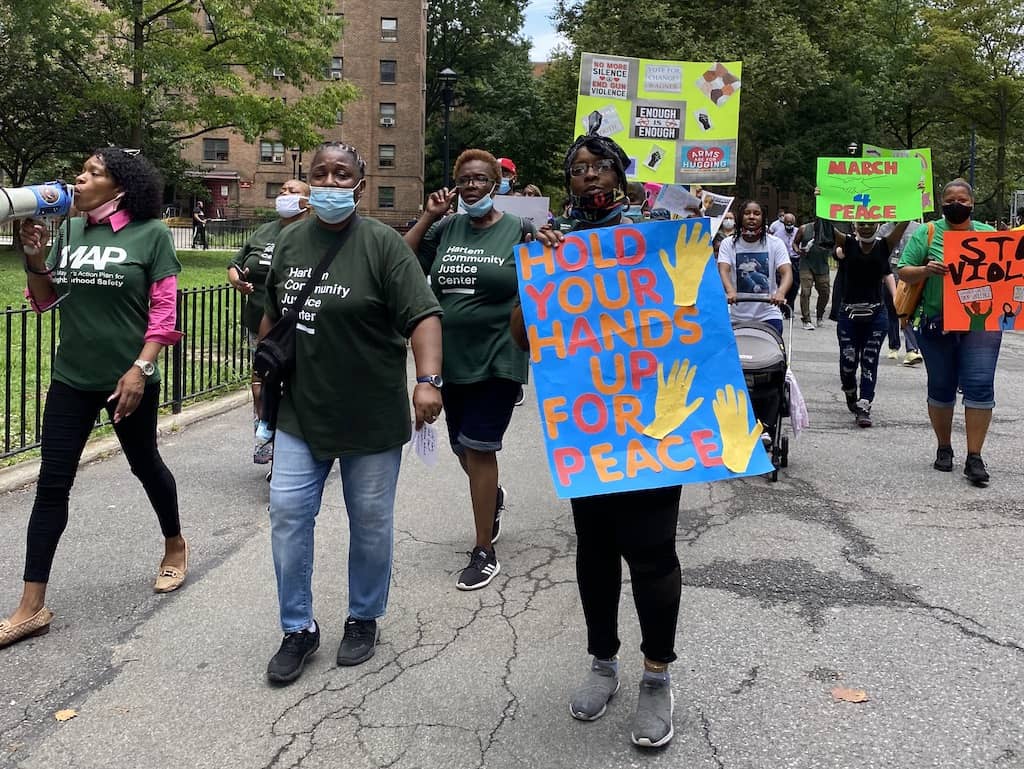MAP was launched in July 2014 in 15 NYCHA developments, which comprised 20% of all violent crime in the City’s public housing. The goal of MAP is not merely to decrease crime in communities, but to build resident power to imagine and lead alternative public safety solutions in partnership with government. As a community-based public safety initiative, MAP brings government resources and agencies into communities, to meet residents where they live.
At the heart of the work is NeighborhoodStat, a process that brings residents, community stakeholders, and representatives from city agencies together to understand what residents need to feel safe, and to improve public safety and quality of life. Through NeighborhoodStat, the City coordinates responses to concerns raised during regular meetings with residents and community partners. There are also regular opportunities for residents to elevate systemic concerns to City leadership for changes in policy and investment
Each year, residents lead a participatory budgeting process to allocate government funds towards projects to improve community safety and well-being in their developments. Residents have implemented a wide range of projects, including the creation of Unity Park at Castle Hill Houses, transforming an abandoned and crime filled area into a state-of-the-art basketball court and vibrant place for residents to come together and interact.





